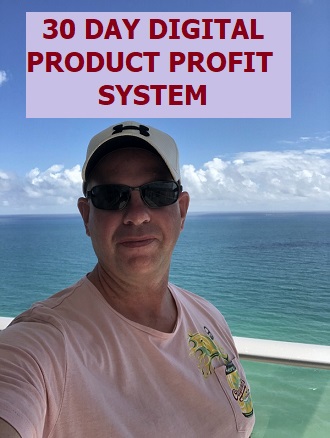 So Google updates its algorithm’s once again (as they continually do anyway) and their target is…wait for it…spammy inbound links.
So Google updates its algorithm’s once again (as they continually do anyway) and their target is…wait for it…spammy inbound links.
There’s the usual furor all over the web and certainly you guys inside Infomarketer’sZone have been asking about the impact on your new businesses, so let’s try and make some sense of this shall we?
As I weed through panic emails and comments from website owner after web owner and SEO specialist after SEO specialist I can’t help but think about the young guy who goes out and has unprotected sex with 20 different women and then is surprised when he finds out he’s a father!
Yes, accidents happen, but mostly they are NOT accidents.
RANKING BASED ON INBOUND LINKING WAS A MESS
A huge source of frustration for us over the last year is how many times we would see crappy, new, thin, useless sites ranking on the first page of search results primarily because they had “gamed” the use of obtaining inbound links on a massive scale.
Kudo’s to those who figured out the combination of how many links needed to be added, what anchor text needed to be used and how to spread those links out amongst various properties making it tougher (though certainly not impossible) to track them down.
But seriously, search results were becoming seriously impacted by these sites…and that should have meant to everyone that Google would act.
My only question is why they waited so long. Certainly this activity of “buying” links has been going on for years, it seems we hit a tipping point this year and they finally put in place an action plan to weed out these “gamed” search listings.
With Panda, the objective was to re-architect the hierarchy of how content loaded into content aggregation sites (like article directories) was ranked…again anyone who understood the value of these aggregation sites should have known they were due to be dropped in importance.
Now with the Penguin update we seem to have enough analysis in to know that one of the elements they targeted is the weight placed on low quality inbound links. Here’s a great summary over at Search Engine Watch
Suddenly, that $100 you spent to go out and have someone blast links back to your site in a bunch of blog comments, forum profiles or signature files doesn’t look like such a great investment.
HAVE THEY GONE TOO FAR?
Of course, the tricky part in any sweeping change like this is how many legitimate sites your algorithm takes out along the way and make no mistake that will happen.
For example, if one of the “triggers” Google now uses to locate spammy links is sheer numbers of links back to one page with the exact same anchor text…that could infer these links were created automatically not naturally where you would expect to see more variety.
However, it certainly is possible that someone DID, over time, syndicate content that was distributed widely containing the same anchor text making it appear to be automated when in fact it was not.
I know in our own sites we have seen fluctuations in our top content pages, some have remained untouched while others have dropped…and we have NEVER paid for links to these sites – EVER!
So yes, there will be collateral damage, and in some cases that damage may impact the owner substantially.
All the more reason to diversify your traffic sources online so that you are not relying on Google for more than 50% (and ideally more like 35-40%) of your traffic.
But mainly, we all should understand that OUR opportunity to rank useful, relevant, well produced content favorably will now have improved substantially – so keep creating content, watching your rankings and diversify your traffic across paid ads, publicity, other search engines such as Bing and affiliates who send you traffic and sales.
HAVE THEY GONE TOO FAR?
What have you experienced? Has your traffic decreased or increased since the Penguin update? Has it impacted your business?



Fortunately none of my websites was hit by the Google Penguin. However, after the initial release of the update, it actually started to rank better than before.
I think it is because the Penguin update lowered the competition in the SERPs.
True enough, with each of these updates, quality, legitimate sites have the opportunity to move up and get more attention – by and large that is what has happened with our sites as well. Where it did not, we corrected minor problems and see them recovering. Thanks for your comment.